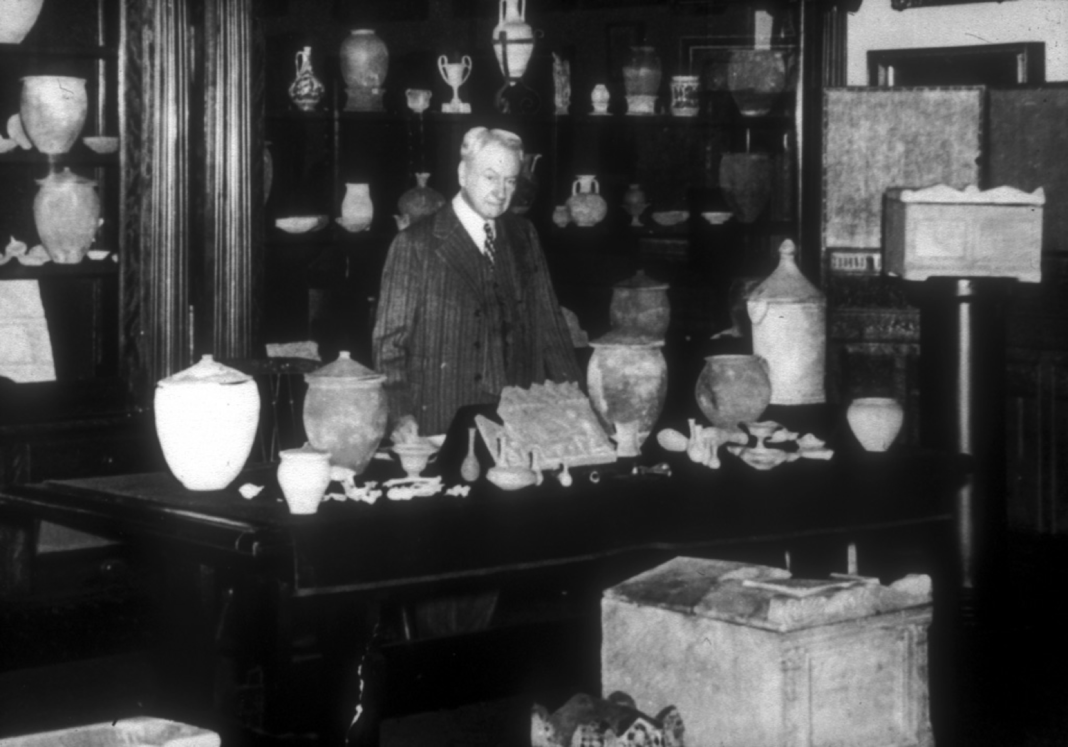
LOUISVILLE, Ky. — How did artifacts from Roman tombs make it to Louisville? How did North Dakota villagers survive smallpox and carry on after the disastrous disease spread? Those are topics for an archaeology lecture series this fall at the University of Louisville.
UofL’s history and anthropology departments and the Archaeological Institute of America’s Kentucky Society are sponsoring the free, public lectures at 6 p.m. in Ekstrom Library’s Chao Auditorium. Here is the fall 2018 schedule:
Oct. 4 — “When the Romans Came to Louisville: Formation of the Speed Museum’s Roman Collection.” Linda Gigante, UofL professor emerita of ancient art and humanities, will discuss Louisvillian Rogers Clark Ballard Thruston’s purchase of items from Roman tombs and their 1912 transport to Kentucky. The artifact collection ultimately went to the Speed Art Museum, where it is considered the largest of its kind in North America. Gigante, the AIA-Kentucky Society vice president, will illustrate her talk with his photos, archival records and archaeological evidence.
Nov. 1 — “We Once Were a Numerous People: Long-term Legacies of Smallpox and Cultural Survivance on the Northern North American Great Plains.” Kacy Hollenback, assistant professor of anthropology at Southern Methodist University, will talk about how smallpox epidemics in the 18th and 19th centuries affected survivors in the New World, specifically the North Dakota Hidatsa villagers visited by Lewis and Clark.
The lecture series continues in 2019 with Feb. 28 and March 28 talks.
For more information, check www.kyarchaeology.com or contact Jennifer Westerfeld at 502-852-3756 or jennifer.westerfeld@louisville.edu.
#WeAreUofL
EDITORS: Related to the Oct. 4 talk, a photo of Louisvillian Rogers Clark Ballard Thruston and artifacts is attached; the photo is from the Rogers Clark Ballard Thruston Photo Collection at The Filson Historical Society.




























